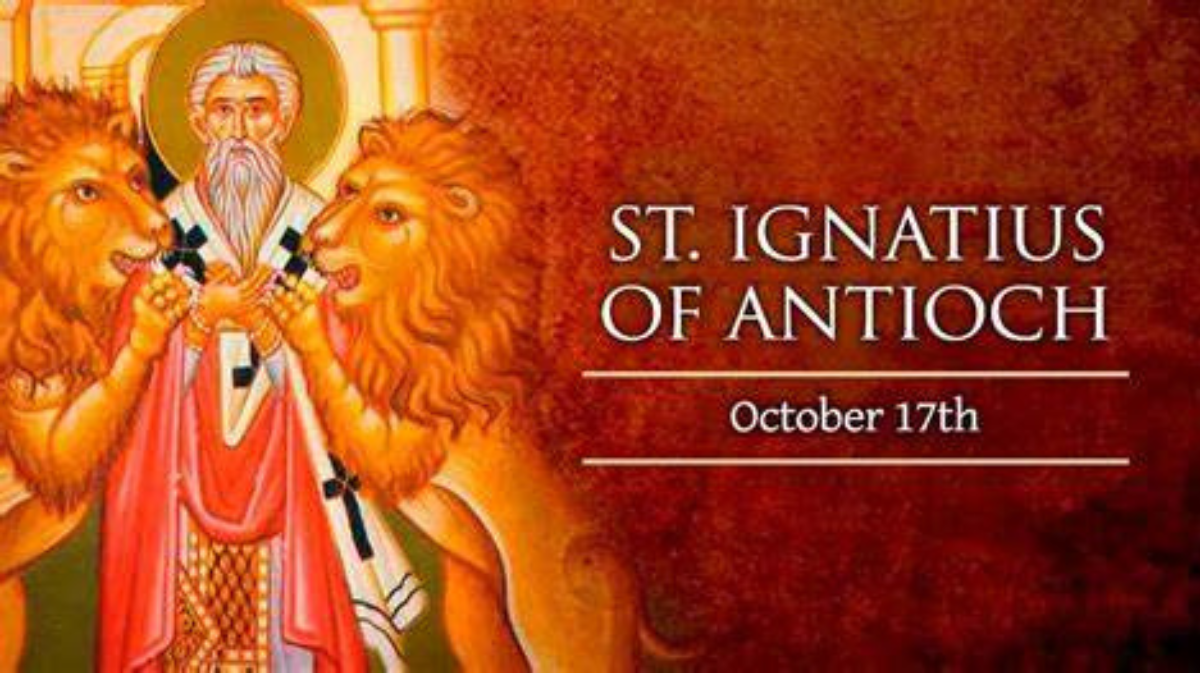St. Ignatius of Antioch
| Feast day | September 25 |
| Patron | of Cork, Diocese of Cork |
| Birth | 550 |
| Death | 620 |
St. Ignatius of Antioch, also known as Ignatius Theophorus, was an early Christian writer and the Patriarch of Antioch. His life and writings hold significant importance in Christian history. Let’s delve into some key points about him:
- Life and Background:
- Ignatius was born around 35 AD and died around 108–140 AD.
- He converted to Christianity at a young age and became a devoted follower.
- Tradition suggests that he was a disciple of John the Apostle and a close friend of Polycarp.
- Bishop of Antioch:
- Ignatius served as the Bishop of Antioch, succeeding Evodius.
- According to tradition, St. Peter himself directed Ignatius to this episcopal position.
- Letters and Theology:
- During his journey to Rome (where he would face martyrdom), Ignatius wrote a series of letters.
- These letters, known as the Epistles of Ignatius, are highly regarded.
- They address important theological topics, including ecclesiology, the sacraments, and the role of bishops.
- Martyrdom and Legacy:
- Ignatius was condemned to death in Rome for his Christian beliefs.
- His feast day is celebrated on October 17 in the Western Church and December 20 in the Eastern Orthodox Church.
- His writings continue to inspire and provide insights into early Christian thought.
In summary, St. Ignatius of Antioch’s letters serve as a valuable record of early Christian theology and witness to his unwavering faith. His courage in the face of martyrdom remains an example for believers throughout history²³⁴. 🙏✨
Source: Conversation with Copilot, 17/07/2024
(1) Saint Ignatius of Antioch | Biography, Writings, & Martyrdom. https://www.britannica.com/biography/Saint-Ignatius-of-Antioch.
(2) Ignatius of Antioch – Simple English Wikipedia, the free encyclopedia. https://simple.wikipedia.org/wiki/Ignatius_of_Antioch.
(3) Saint Ignatius of Antioch | Franciscan Media. https://www.franciscanmedia.org/saint-of-the-day/saint-ignatius-of-antioch/.
(4) Ignatius of Antioch – Wikipedia. https://en.wikipedia.org/wiki/Ignatius_of_Antioch.
Views: 2
